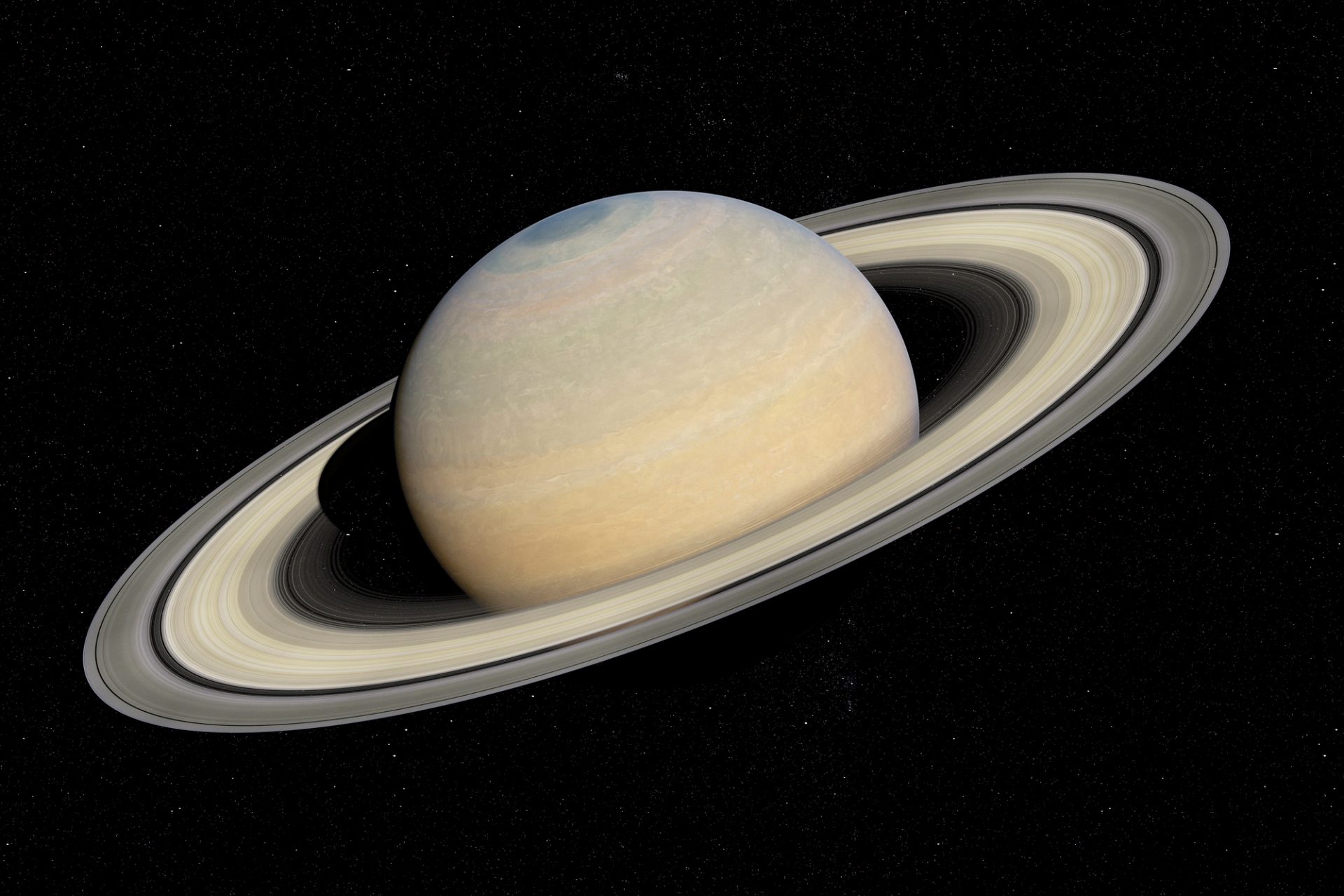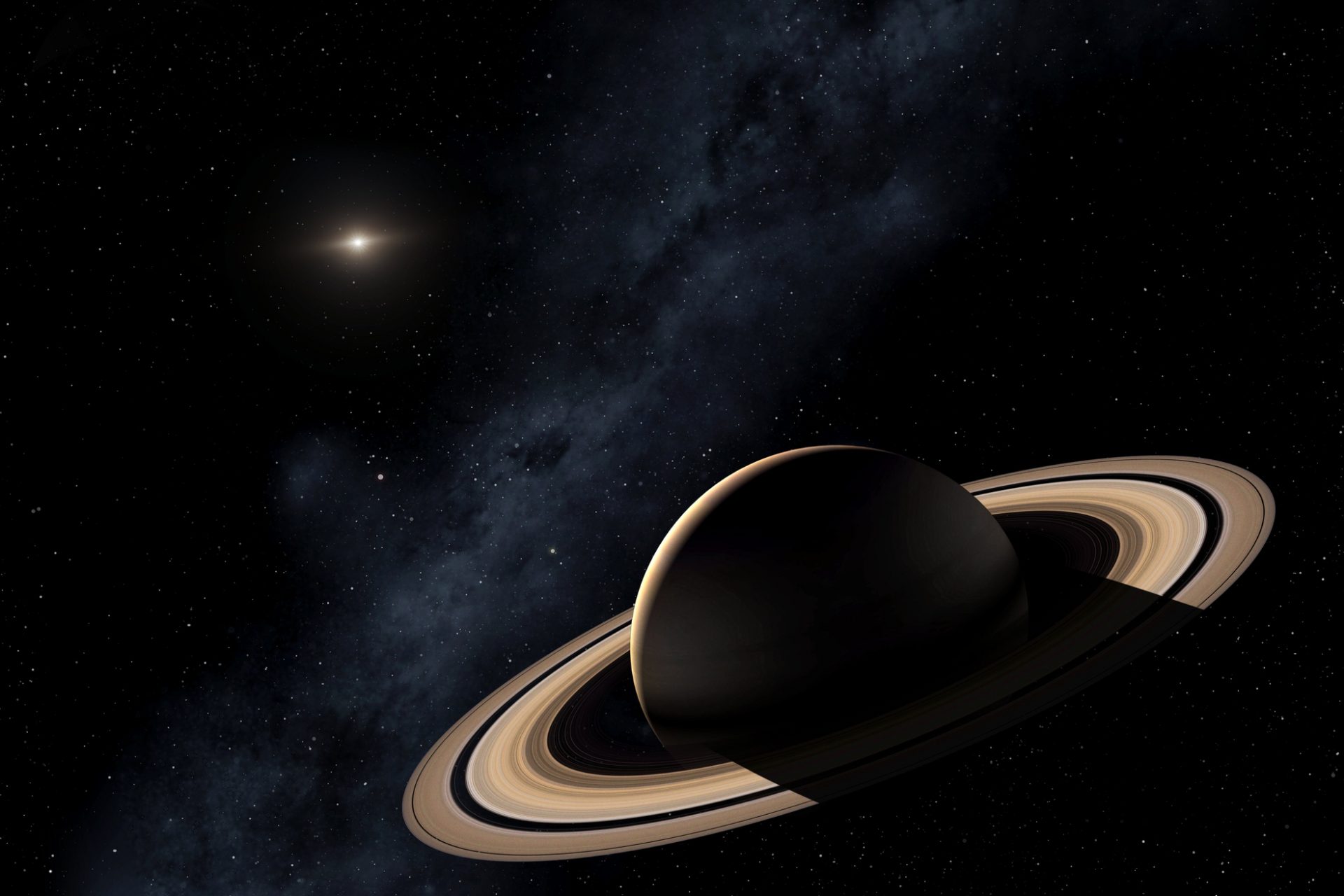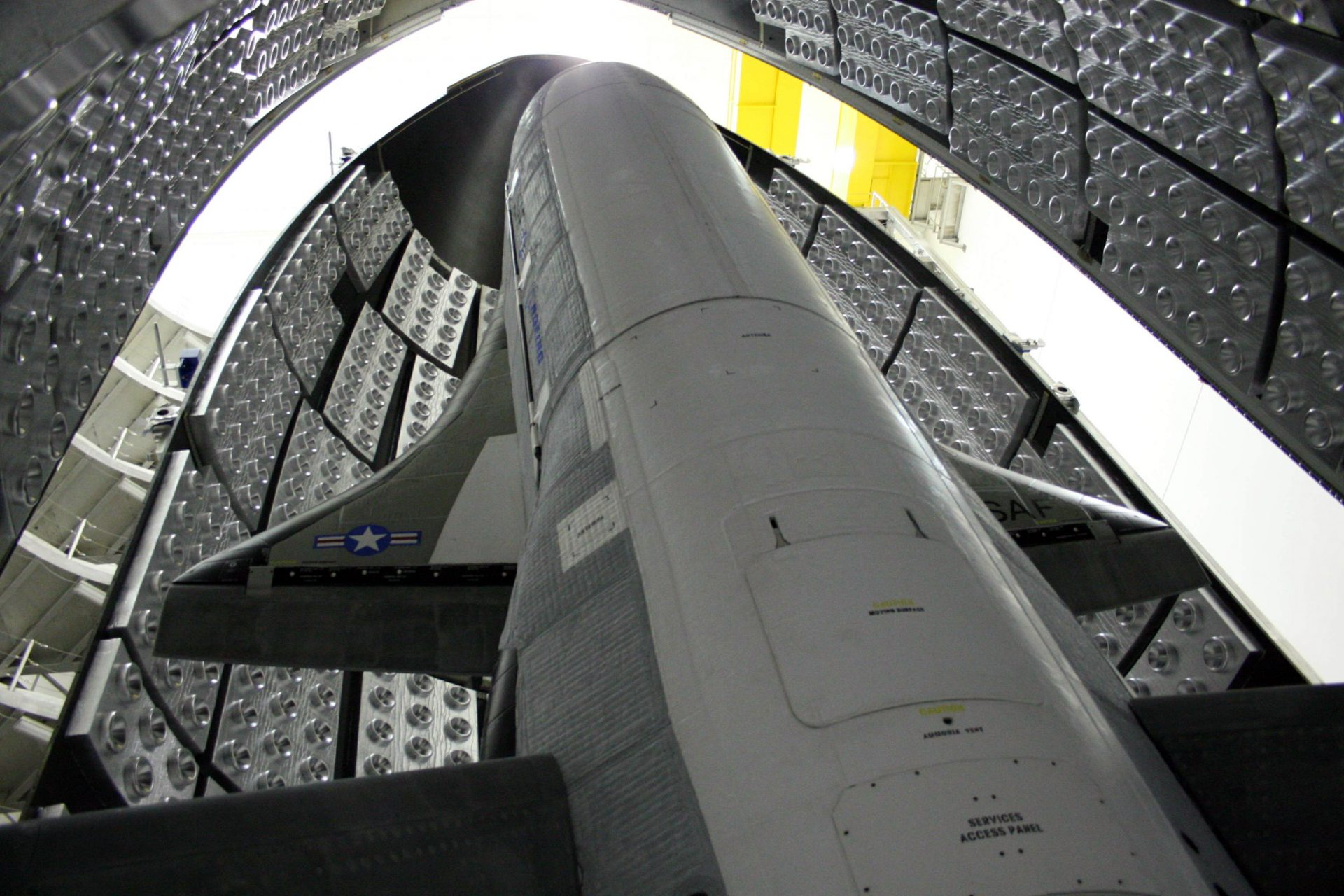Astronomers discovered Saturn has an astonishing number moons in 2023
Saturn recaptured the title of the 'planet with the most moons in our solar system' in 2023 after astronomers revealed the discovery of a surprising number of new moons orbiting the gas giant.
An international research team of astronomers announced in May that they had discovered 62 brand new moons around the sixth planet in our solar system according to a press release from the University of British Columbia.
The discovery of over sixty new moons not only made Saturn the planet with the highest number of orbiting celestial satellites but also the first gas giant to have over 100 moons in our solar system, which is an impressive feat.
Saturn’s official moon count now stands at a gigantic one-hundred and forty-five celestial bodies, which pushed it past Jupiter’s ninety-five according to The Guardian.
In February 2023, Jupiter stole the title of the planet with the most moons in our solar system after astronomers announced they found 12 new moons orbiting the stormy gas giant.
“Saturn not only has nearly doubled its number of moons, it now has more moons than all the rest of the planets in the solar system combined,” said Professor Brett Gladman.
Gladman is an astronomer at the University of British Columbia (UBC) and was part of a global team of astronomers that located Saturn’s new moons between 2019 and 2021.
The team was led by Dr. Edward Ashton according to a statement from the University of British Columbia, and along with Mathew Bedouin, he started collecting data in 2019.
Ashton and Bedoin were just students when they began and the pair used imaging data from the Canada-France-Hawaii Telescope to plot new objects in the sky around Saturn.
However, just discovering new objects wasn’t enough to define the celestial bodies as moons and the team had to track each object over the course of several years in order to reveal their various orbits according to the UBC statement.
"Tracking these moons makes me recall playing the kid's game Dot-to-Dot, because we have to connect the various appearances of these moons in our data with a viable orbit,” Dr. Ashton explained
“But with about 100 different games on the same page and you don't know which dot belongs to which puzzle." the now postdoctoral fellow at Taiwan's Academia Sinica Institute of Astronomy and Astrophysics added.
Harvard University’s Mike Alexandersen and Besançon Observatory’s Jean Marc-Petit were also part of the team that discovered Saturn’s new moons.
A technique known as shift and stack was used to help discover Saturn's new celestial satellites, and the technique was as interesting as the discovery of the planet's 62 new moons.
According to UBC, the method slowly shifts a set of images at the same rate a potential moon would be moving across the night sky. Once all that data is combined it is stacked together, revealing images of objects in space that were too faint to see before.
UBC noted that the shift and stack method has been used to discover new moons orbiting Neptune and Uranus, but it had never been employed to locate new satellites around Saturn until Ashton and his team began using it in 2019.
Most of the 62 newly discovered celestial bodies orbiting Saturn are what astronomers call irregular moons according to UBC, which means they have “large, elliptical, and inclined orbits compared to regular moons.”
More for you
Top Stories






























